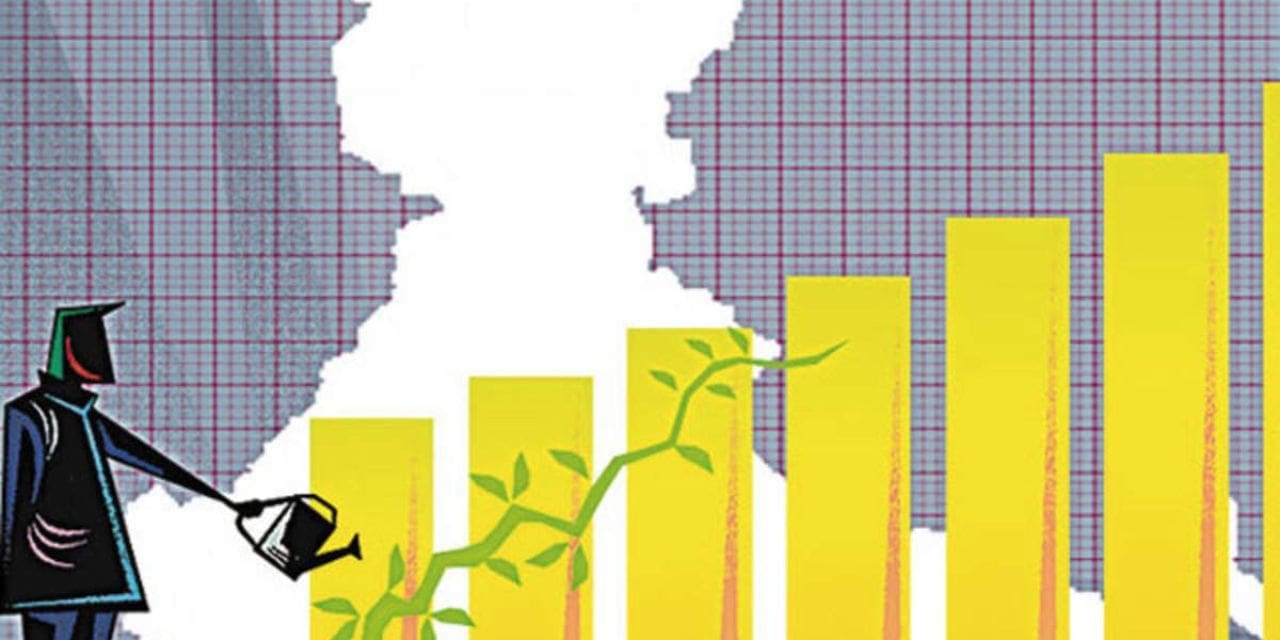According to the finance ministry’s most recent monthly economic review, India needs to be cautious about potential threats from decreased agricultural output, rising prices, and geopolitical developments.
According to the March edition of the review, although the 6.5% growth forecast for this fiscal year is in line with projections from the World Bank and the Asian Development Bank, there are several factors that could change the beneficial mix of growth and inflation outcomes now projected.
“The economy is strong, growing at a projected 7% annual rate, greater than both the trend rate and the growth of the other major economies. improving current account deficit, lessening inflation pressure, and a banking system robust enough to withstand an increase in policy are all indicators of increasing macroeconomic stability. rates, which has further made the growth rate sustainable,” it stated.
Regarding the price situation, the study stated that the beginning of the pass-through of lowering wholesale price index-based inflation in consumer goods prices was the reason why the sequential growth of core consumer price index (CPI)-based inflation in March of this year was the weakest since June 2022.
The research stated that while CPI increased from 5.5% in FY22 to 6.7% in FY23 for the entire year, it was substantially lower in the second half of FY23 at 6.1% compared to 7.2% in the first half.
The decline in global commodity prices, the speed with which the government acted, and the Reserve Bank of India’s tightening of monetary policyhave aided in reducing national inflation. According to numerous household and industry polls, inflationary expectations also seem to be stabilising.
By the end of the third quarter of the previous fiscal, there were more foreign exchange reserves due to a narrower current account deficit and an increase in foreign portfolio investment.

